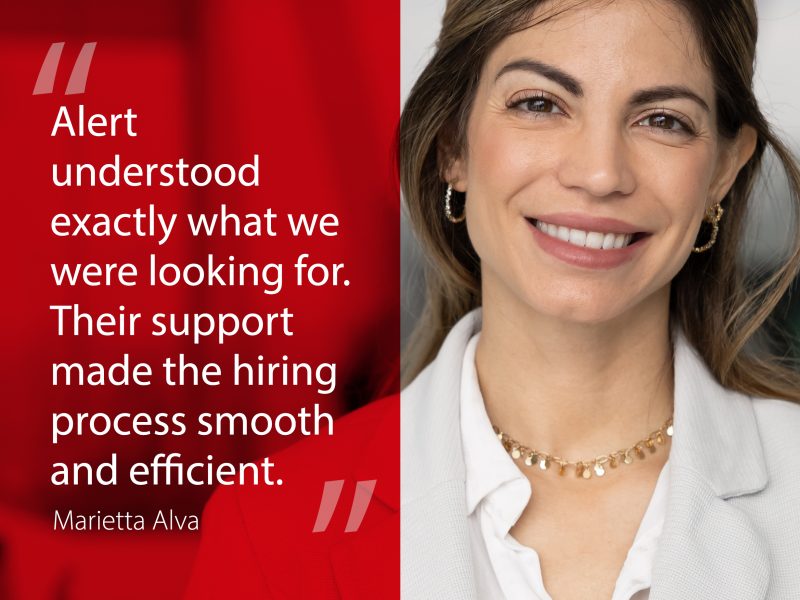n 2025, the talent market looks fundamentally different. Candidates have more options, more transparency into employers, and higher expectations for the role work should play in their lives. A competitive salary may open the conversation, yet it rarely closes it. Moreover, senior professionals and high-potential leaders now evaluate roles through a broader lens: authentic culture, capable leadership, real flexibility, meaningful work, and clear growth pathways.
Because these signals are often unclear or inconsistent, top candidates step back—sometimes long before the final interview. Consequently, losing great talent has become a strategic business risk rather than a simple HR challenge.
Top candidates base their decisions on a combination of external and internal signals. As a result, every touchpoint matters.
Candidates examine your employer footprint:
If your public story promises autonomy yet interviews reveal micromanagement, trust erodes instantly. Similarly, vague growth paths, cliché leadership messages, or inconsistencies between marketing and reality quickly lead to drop-off.
Furthermore, poor process design pushes strong candidates away. Long waits, redundant interview rounds, mixed messages, and unclear decision-making signal that the organisation may not value speed, clarity, or people. Consequently, candidates often choose employers who provide a smoother, more respectful experience.
Across markets, senior candidates apply remarkably consistent criteria. Therefore, companies that meet these expectations gain a clear advantage.
They want visible leaders who explain strategy, build psychological safety, and provide direction.
Candidates expect proof, including:
Because transparency builds trust, candidates want rewards explained early in the process to reduce late-stage drop-off.
Flexibility must be authentic, not symbolic. Hybrid norms, outcome-based expectations, and autonomy significantly shape the decision.
In addition, candidates assess whether the company values diverse strengths, purpose alignment, and genuine ESG behaviour.
Speed, respect, constructive feedback, and clarity influence final decisions more than any polished careers page. For this reason, experience has become a differentiator.
Align your careers site, leadership visibility, and employer brand storytelling. After all, inconsistency remains the biggest talent deterrent.
A short employee pulse will reveal patterns in onboarding, development, and everyday leadership behaviour. Additionally, it highlights gaps candidates will eventually notice.
Map the entire funnel:
These insights lead to fast, high-impact improvements.
A strong EVP is not a slogan; it is a set of promises supported by evidence. Therefore, clarity and proof are essential.
Each promise must be verifiable:
When proof is visible, candidates adjust their risk calculations accordingly.
Define year-one priorities and success metrics clearly. This way, expectations become transparent for both sides.
By removing late-stage surprises, you build trust and reduce churn.
Show candidates what the first 30–60–90 days will look like and who will support their early wins. As a result, they gain confidence in the role.
Culture develops over time, but small signals have immediate impact.
For example:
Although these actions may seem small, they build long-term credibility.
Short check-ins with new hires and hiring managers reveal hidden risks or unclear expectations. Together, these insights show where improvements still need to occur.
In rapidly growing markets like the UAE and Saudi Arabia, inconsistency in employer brand becomes extremely costly. Consequently, a clear, evidence-based talent narrative becomes a long-term competitive advantage.
To attract and retain high performers, organisations must articulate and deliver a credible, consistent, and compelling promise.
At Alert HR, we help companies transform these priorities into action: auditing signals, redesigning candidate journeys, calibrating hiring managers, and crafting proof-based employer narratives that resonate with senior talent. The market has changed, and companies that adapt to what candidates truly value will attract (and keep) the leaders who drive real growth.
Contact us today. We help organisations build credible employer brands, redesign candidate journeys, and create the evidence senior talent needs to say yes.

Dhiraj is a dedicated finance professional working as a Cost Controller in the hospitality industry. He combines his passion for numbers with practical skills...

In many organizations, training is still seen as a transactional, one-off event. However, it is often a quick workshop or short course meant to...

Before working with Alert, this fast-growing DMCC business in Dubai faced a serious challenge. Finding the right talent took longer than expected, while many...